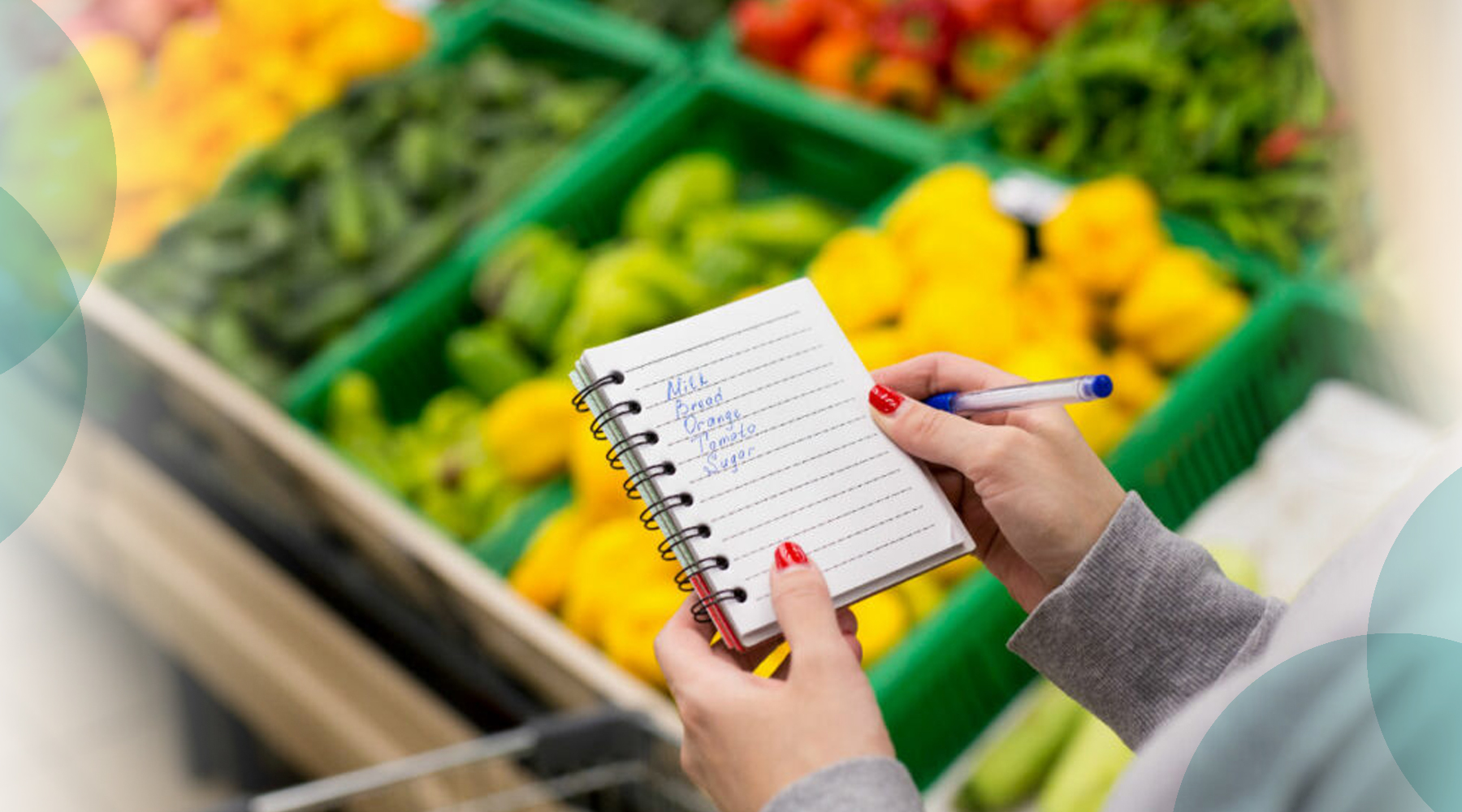I’m sorry, but have you seen grocery prices lately? It feels like the cost of everything just shot up overnight. It’s not just me or you. Groceries really are way more expensive right now.
When I first noticed it, I thought perhaps we just ordered more stuff than usual. But then when I noticed the higher bill again, and again, I started paying more attention. Many of our usual staples had gone up a lot, some by as much as 50%. When you’re looking at a single item that went from a dollar to $1.50, it doesn’t seem like much. But when you start adding up all those increased prices together, it ends up with a much larger bill.
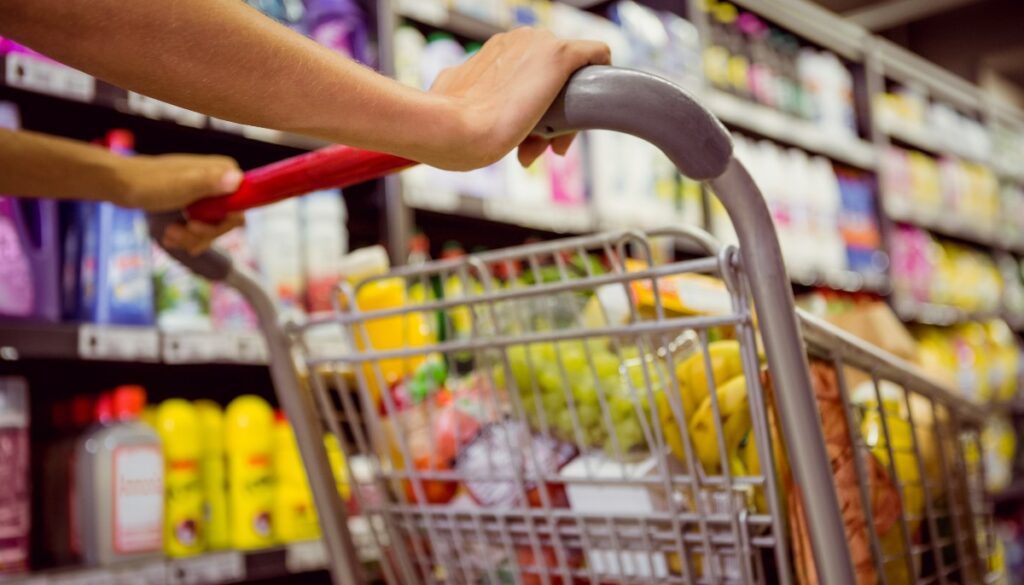
Unfortunately, it’s happening everywhere, and the average household is feeling the squeeze. There are a few things that are driving costs up. Production, transportation, and supply chain issues have affected supply. We are seeing a shortage of truck drivers to transport items to stores. The cost of fuel keeps rising, making transportation more expensive than it ever has been. Factories are facing a shortage in labor, making production difficult. And unsurprisingly, environmental changes from global warming are impacting crops worldwide.
At the same time, with more people getting back to regular life, the demand has gone back up. But without enough supply to meet demand, those prices keep rising. We could be stuck in this situation for a while. So, let’s talk about ways to save money at the grocery store.
Never Go to the Store Without a List
One of the easiest ways to save money on groceries is to plan ahead.
First of all, you need to do a little meal planning. Every item you buy should have a purpose. Without planning your meals, you’re just buying ingredients and hoping they get used before they go bad. You will likely wind up buying a bunch of stuff you didn’t even need.

After you plan your meals for the next few days or upcoming week, it’s time to make a list. It doesn’t matter if you write it on paper or type it out in the notes app on your phone – as long as there is a list! Never go to the grocery store without your list, and stick to it while you’re inside the store. This will help you avoid buying things that you don’t need and might not get used. It also prevents impulse purchases that you might regret later.
Order Groceries Instead
If you are lucky enough to live near a grocery store that offers free or cheap grocery pickup, opt for this instead. Shopping for groceries is obviously the more convenient choice, allowing you to make your purchases whenever is convenient for you. You just select a convenient time and swing by the store for curbside pickup.
Ordering your groceries online can also help save you money, though. I find that it’s a great way to ensure I have everything I need while avoiding all the unnecessary stuff I don’t need. I can even check my cabinet or fridge while I’m shopping to avoid buying something I already have.
Some stores offer a monthly subscription that you pay for unlimited curbside pickups, while others just charge per pickup. However, there are a number of stores that offer this service for free!
Utilize Grocery Staples

Many staples can be used in many different kinds of meals, which will help you stretch your dollar. Stock up on inexpensive staples, such as rice, pasta, beans, and frozen or canned vegetables. One box of pasta can be used to make more than one meal, depending on how many people you are feeding. Your store may also sell dry goods in bulk, which is a great way to stock up or feed a large family.
While planning your meals, make sure to factor these versatile ingredients in. You don’t have to eat rice every single night (I mean, unless you want to), but it could be a component a few times throughout the week. The bag of frozen broccoli you bought for one meal could also make an appearance a few days later.
Price Check!
Traveling all around town to search for the best prices isn’t as cost-effective as it may seem. After all, gas prices are way up right now, too. By the time you drive to every store in the area, not only have you spent a bunch of time – which is also valuable – you have also spent a bunch at the gas pump. It kind of negates the savings.
Luckily, grocery stores post their weekly store ads online these days. That means you can make an actual plan instead of just driving around endlessly. If adding a store to your shopping plan is only going to save, say, five cents, it’s probably not worth the extra gas. But checking the weekly ads and hitting two stores for big sales might save you some cash.
Check What’s On Sale

While looking at those weekly store ads, pay attention to the items that are on sale. In fact, you should do this while doing those meal plans! Basing your week’s meals off sale items can really save you a significant amount of money over time. Sales rotate every week, so you will always have variety. Plus, it’s a great way to potentially try something new.
This is a great time to stock up on items that can be frozen and kept longer, such as meat. While it won’t save you money initially, it will continue to save you money in the future because you won’t be buying those items at full cost. If your inexpensive staples go on sale, it’s time to stock up on those, too.
Shop What’s in Season
Choosing to purchase food items that are in season can also help you save some money when it comes to fresh vegetables and fruit. You might really want that watermelon in December, but we all know it’s way more expensive when it’s out of season. Besides, many foods just don’t taste as good when they aren’t in season.
Basing your meals and snacks around seasonal foods will not only save you money but also means eating a wider variety throughout the year. It can even be the perfect way to try new fruits and veggies you’ve never had before.
It is also worth noting that in-season produce is often more nutritious than its out-of-season counterparts. Seasonal foods usually come from local or regional growers, meaning less travel time and produce is picked at its peak. The out-of-season strawberries had to be harvested early in order to be shipped to your local store. This can affect nutritional content.
Swapping Ingredients With More Affordable Options
I know that we all have our favorite brands, but sometimes the store brand is exactly the same.
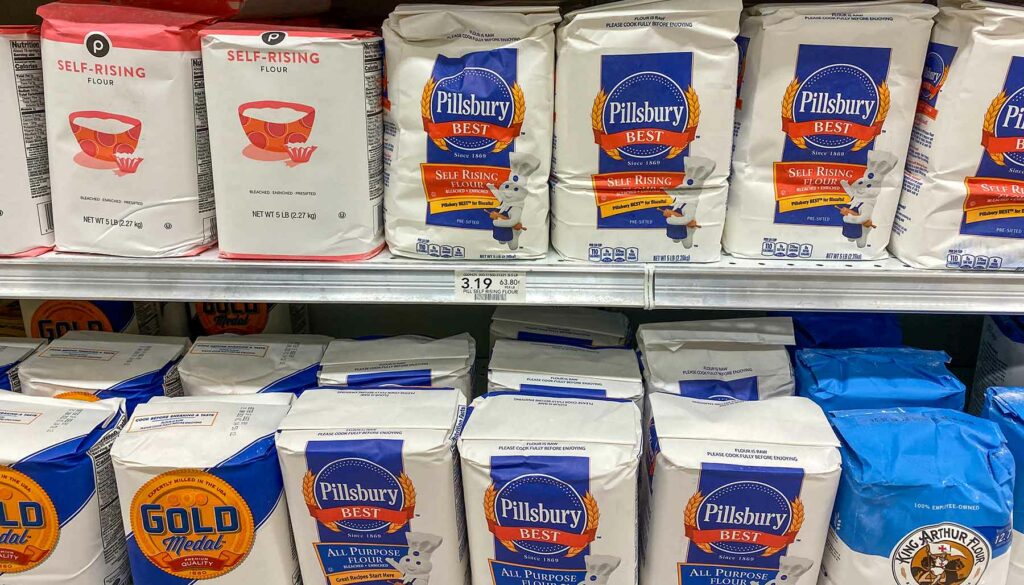
I’m not talking about Doritos versus store brand nacho cheese tortilla chips or anything, but I am talking about items like brown rice, dry black beans, or baking basics like flour and sugar. Just admit that store-brand salt tastes exactly like branded salt and let’s get on with it. Some store brands are even manufactured in the same factories and just branded differently.
Swapping out specific ingredients is also another way to save money. Substitute that ribeye for beef chuck, or save money by purchasing pork instead. Skip boneless skinless chicken breasts and opt for a whole chicken. It might require more prep and cook time, but it’s significantly cheaper per pound, and you can use it for more than one meal.
Skip the Ultra-Processed and Ready-Made Foods
I know that Uncle Ben’s and Pasta Roni save time in the kitchen, but these are much more expensive than their regular rice counterparts. Similarly, the frozen steamable bags of pre-sauced vegetables cost more than just the vegetables themselves. That’s because we’re paying for the convenience of minimal prep.
Choose regular rice that you can use for several meals, and you can season it however you like. Similarly, plain veggies (whether they are fresh, canned, or frozen) will always be cheaper than their convenient counterparts. And hey, don’t be afraid of those veggies! If you’ve always relied on the seasoned and sauced variety, here are some tips on cooking veggies you’ll enjoy eating.
Do You Really Need to Buy Organic?
One of the biggest ways to blow your grocery budget is to buy organic everything. Don’t get me wrong here, I understand the importance of organic foods. However, not all organic foods are created equal, and you might be able to save some money by skipping organic in certain situations. Foods that don’t require a lot of pesticides when grown conventionally will have the lowest amounts of pesticide residue.
First of all, there’s a misconception we need to clarify: “organic” does not mean “pesticide free.” Organic farmers are still allowed to use a wide variety of chemical powders and sprays on crops. The requirement is that the pesticides must be derived from natural sources.
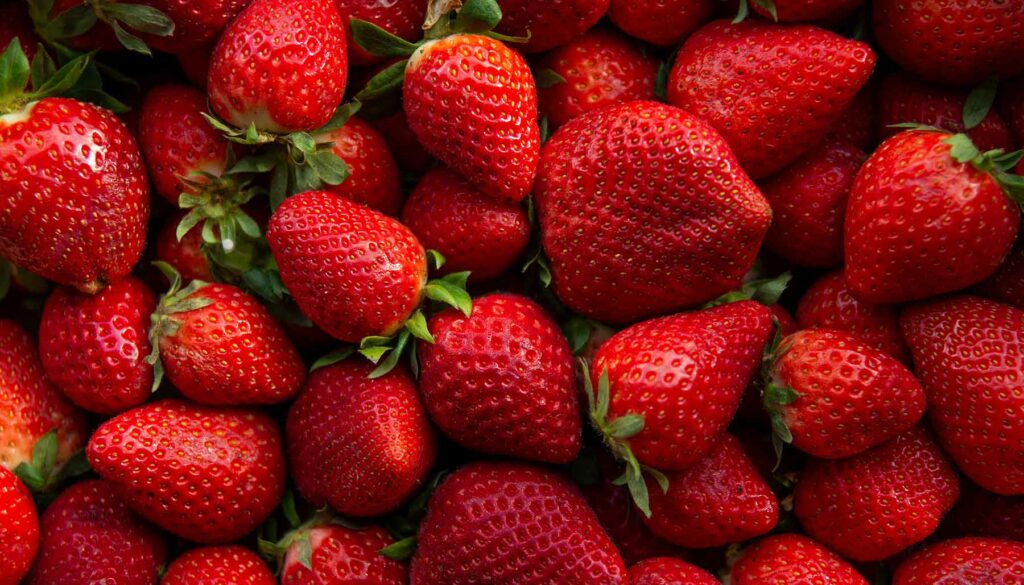
Now that we’ve gotten that out of the way, there are certain foods that contain elevated levels of pesticides when grown conventionally. Known as the “Dirty Dozen,” buy these organic:
- Strawberries
- Spinach
- Kale and other leafy greens
- Nectarines
- Apples
- Grapes
- Peppers
- Cherries
- Peaches
- Pears
- Celery
- Tomatoes
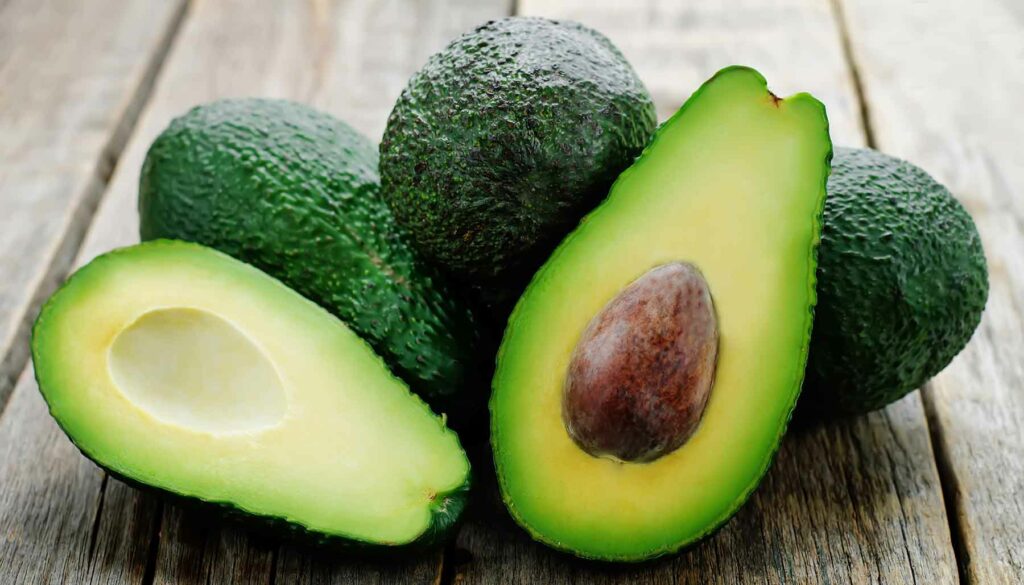
On the flip side, the “Clean Fifteen” have the lowest amount of pesticides when grown conventionally. They have little to no trace evidence of pesticides and you can save money by skipping the “organic” label.
- Avocados
- Sweet corn
- Pineapple
- Onions
- Papaya
- Sweet peas
- Asparagus
- Honeydew Melon
- Kiwi
- Cabbage
- Mushrooms
- Cantaloupe
- Mangoes
- Watermelon
- Sweet potatoes


